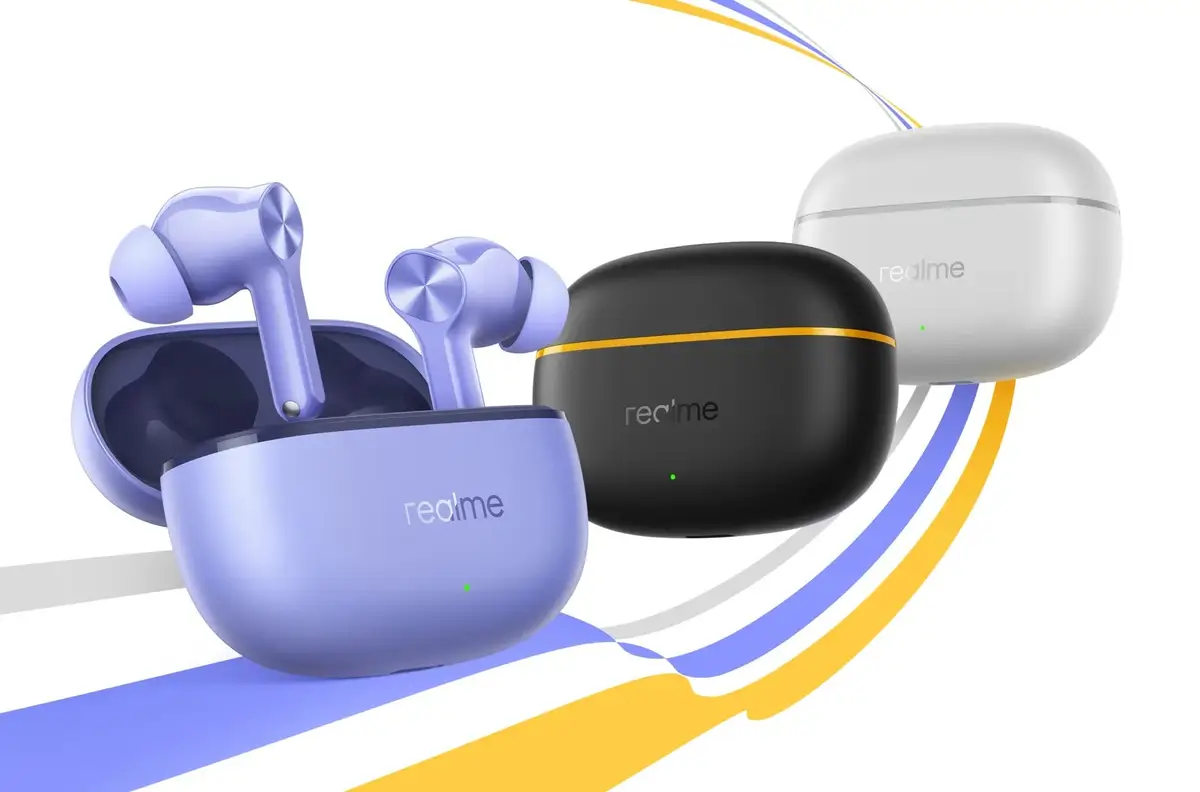The OnePlus Pad 3 has arrived, positioning itself as a serious contender in the ever-evolving tablet market. Launched on June 5, 2025, this device is not merely an incremental upgrade; it's a bold statement from OnePlus, aiming to redefine what users can expect from an Android tablet and challenge the established dominance of brands like Apple and Samsung.
At the heart of the OnePlus Pad 3 lies the Snapdragon 8 Elite processor. OnePlus claims it as the "World's Fastest Mobile CPU". Paired with up to 16GB of LPDDR5T RAM and up to 512GB of UFS 4.0 storage, this tablet promises to deliver exceptional performance, capable of handling demanding tasks such as video editing, 3D modeling, and gaming with ease. The Adreno 830 GPU further enhances the gaming experience, ensuring smooth frame rates and reduced latency. To prevent overheating during intensive use, the tablet incorporates a vapor chamber with advanced graphite composite materials, providing 14% better heat dissipation.
The visual experience on the OnePlus Pad 3 is equally impressive. It boasts a 13.2-inch 3.4K (2400 x 3392 pixels) LCD display with a 144Hz adaptive refresh rate, a 7:5 aspect ratio, and a pixel density of 315ppi. The display is also Dolby Vision HDR certified and offers a peak brightness of 900 nits, ensuring vibrant colors, excellent contrast, and comfortable viewing in various lighting conditions. The 12-bit color depth further enhances the visual fidelity, delivering lifelike and rich colors.
The OnePlus Pad 3 runs on Android 15-based OxygenOS 15, offering a user-friendly interface and a range of features designed to enhance productivity and entertainment. The "Open Canvas" feature allows users to multitask efficiently by opening up to three apps simultaneously. The tablet also comes with AI-powered features such as AI Writer and Summarize, Google's Circle to Search, and Gemini, providing intelligent assistance and streamlining various tasks. OnePlus has committed to providing 3 Android OS updates and 6 years of bi-monthly security patches, ensuring that the tablet remains up-to-date and secure.
Beyond its raw power and stunning display, the OnePlus Pad 3 aims to bridge the gap between tablet and computer functionality through its support for accessories and enhanced software features. The optional OnePlus Stylo 2 and Smart Keyboard transform the tablet into a versatile 2-in-1 device, enabling users to create content, write documents, and navigate the interface with greater precision and efficiency.
Connectivity options on the OnePlus Pad 3 include Bluetooth 5.4, Wi-Fi 7, and a USB Type-C port. The tablet also supports face unlock for added security and convenience. The inclusion of eight speakers (four tweeters and four woofers) ensures an immersive audio experience, whether you're watching movies, listening to music, or playing games. The device has a large 12,140mAh battery with 80W SuperVOOC fast charging support, minimizing downtime and keeping you productive or entertained for longer.
The OnePlus Pad 3 is available in two color options and is priced competitively against other flagship tablets. The base model, with 12GB of RAM and 256GB of storage, is priced at £529/€599, while the higher-end model, with 16GB of RAM and 512GB of storage, costs £599/$699/€699. The US market will only have access to the higher-end version.
The tablet market is becoming increasingly competitive, with manufacturers constantly pushing the boundaries of what's possible. The future of tablets points towards more powerful performance, better multitasking capabilities, enhanced stylus support, improved battery life, and faster connectivity. The OnePlus Pad 3 embodies these trends, offering a compelling package that caters to both consumers and professionals. As AI becomes more deeply integrated into tablets, we can expect even more intelligent and intuitive devices that seamlessly adapt to our needs. The OnePlus Pad 3 is well-positioned to take advantage of these advancements, solidifying its place as a top contender in the Android tablet market and a device that truly challenges the boundaries between tablet and computer functionality.

















